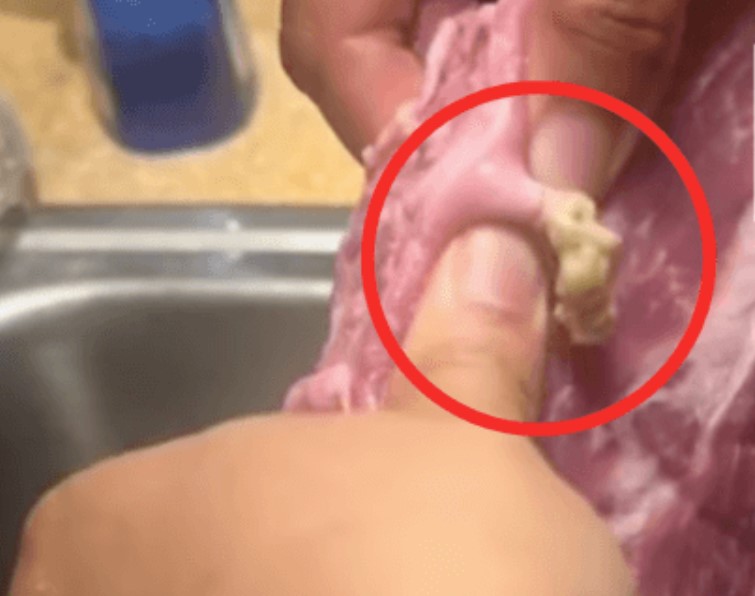A recently circulated video showing someone squeezing pus from a piece of meat has reportedly left social media users aghast, igniting a fierce conversation about the ethics of the meat, egg, and dairy industries. Amongst a backdrop of rising awareness about animal welfare, the graphic nature of this footage is claimed to amplify already existing criticisms of agricultural practices that many assert are both cruel and hazardous to public health.
As reported by those who shared the video, the disturbing scenes highlight purportedly unsanitary conditions associated with meat production. Critics allege that these practices are symptomatic of a broader issue, where billions of animals are allegedly exploited and killed each year under conditions that are both shocking and dehumanizing. Eyewitness accounts suggest that animals are often crammed into confined quarters, with little regard for their wellbeing, leading to accusations of systemic abuse in various farms.
According to animal rights advocates, the violence does not stop at the farm gate. They describe horrific practices occurring in slaughterhouses, where animals are supposedly rendered helpless before being brutally killed. It has been reported that animals are hung upside down before being slaughtered, often leaving behind a gruesome scene that allegedly resembles a horror film more than a food processing facility.
Compounding the horror, claims surfacing from within the industry indicate that many animals suffer from untreated illnesses, including infections, abscesses, and even cancerous growths. Advocates for animals allege that in pursuit of profit, many producers fail to remove all signs of these conditions, potentially leading to contamination of their products with pathogens such as Listeria, Salmonella, and E. coli.
The dairy industry faces similar allegations, with reports suggesting that up to 50% of cows endure painful infections known as mastitis. These cows, claim activists, are subjected to harsh milking routines that allegedly lead to their suffering and subsequent contamination of the milk supplied to unsuspecting consumers.
Dr. Alice Whittaker, a veterinary advocate for animal rights, has raised concerns regarding the implications of consuming animal products that may be contaminated with pus and other harmful pathogens. “The implications of these practices stretch beyond animal welfare; they pose significant risks to human health as well,” Whittaker commented in an interview.
The emotional tone of the backlash against meat consumption has reportedly intensified, as many call for widespread dietary changes in light of these disturbing revelations. Social media trends are leaning towards veganism, with advocates urging consumers to reconsider their dietary choices, citing ethical, health, and environmental reasons.
Moreover, the online discourse has been noticeably charged, with hashtags promoting plant-based diets gaining traction. It remains to be seen how these revelations will shift public perceptions of meat and dairy consumption, but the emotional impact of the visuals seen in the controversial video continues to reverberate within both online communities and the broader societal discourse.
As further investigations into these allegations unfold, there is a mounting urgency to reevaluate the practices entrenched in animal agriculture. The voices calling for change are louder than ever, suggesting that the time for reform may be long overdue in this heavily scrutinized industry.

